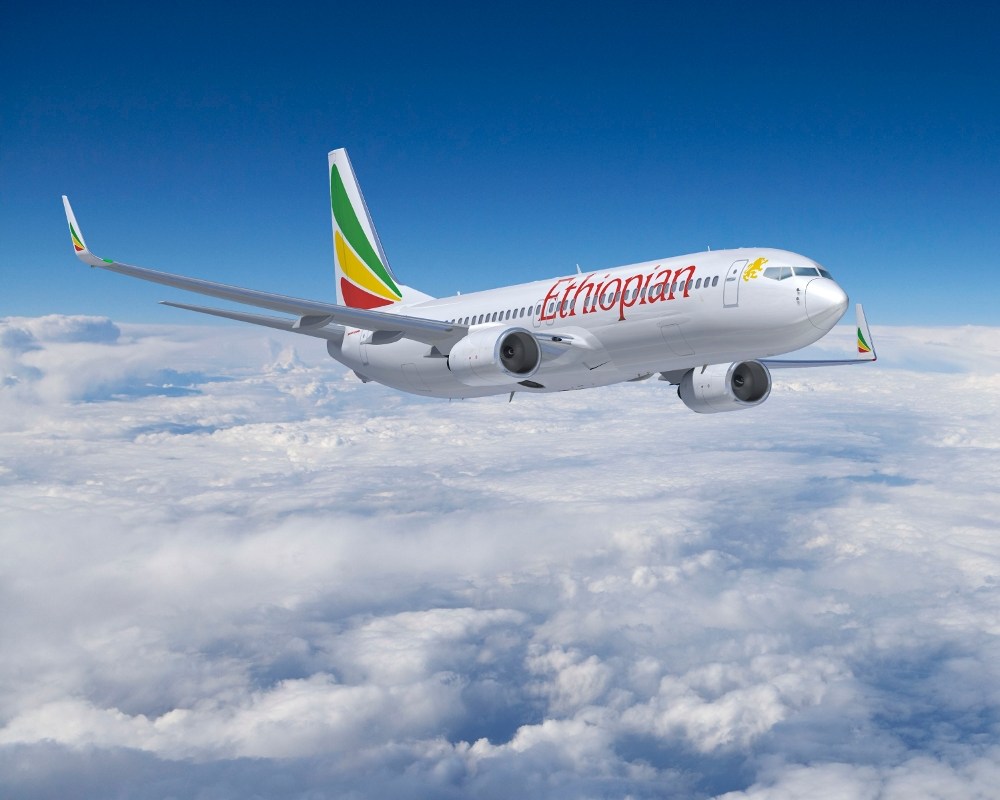
In recent years, air travel across Africa has witnessed a significant surge, propelled by robust economic growth, urbanization trends, and the pursuit of enhanced connectivity within the continent and beyond. This burgeoning demand has spurred various African nations to invest heavily in expanding their aviation infrastructure, laying the groundwork for a new era of regional and international travel.
With Africa’s economy steadily expanding and urbanization accelerating, the demand for air travel has soared. The continent’s middle class is growing, leading to increased discretionary income and a greater propensity for leisure and business travel. Additionally, as African nations strengthen their trade ties with global partners, there’s a growing need for efficient transportation networks, further driving the demand for air connectivity.
Recognizing the potential of the aviation sector as a catalyst for economic growth, many African governments are actively investing in upgrading and expanding their airports and aviation infrastructure. These investments encompass a wide range of initiatives, including the construction of new airports, expansion of existing facilities, and modernization of air traffic control systems.
Ethiopia stands out as a prime example of this trend, with its flagship carrier, Ethiopian Airlines, leading the continent’s aviation sector. The country has invested heavily in expanding its aviation infrastructure, including the construction of state-of-the-art airports such as the newly inaugurated Bole International Airport terminal in Addis Ababa. This investment has not only bolstered Ethiopia’s position as a regional aviation hub but has also contributed to its broader economic development objectives.
Similarly, countries like Kenya, Rwanda, Ghana, and Nigeria are also making significant strides in expanding their aviation infrastructure to accommodate the growing demand for air travel. Projects such as the ongoing expansion of Jomo Kenyatta International Airport in Nairobi and the construction of the new Bugesera International Airport in Rwanda exemplify the continent-wide efforts to enhance aviation infrastructure.
Moreover, the emergence of low-cost carriers (LCCs) has democratized air travel in Africa, making it more accessible to a broader segment of the population. These budget airlines have played a crucial role in stimulating demand, particularly among price-sensitive travelers, and have contributed to the overall growth of the aviation sector.
However, despite the remarkable progress, significant challenges remain. Infrastructure bottlenecks, regulatory hurdles, and limited access to financing continue to pose obstacles to the sustainable growth of the aviation sector in Africa. Addressing these challenges will require concerted efforts from governments, regulatory authorities, airlines, and other stakeholders to unlock the full potential of the continent’s aviation industry.
Looking ahead, the outlook for African air travel remains promising, fueled by ongoing economic development, urbanization, and increasing connectivity. As investments in aviation infrastructure continue to gain momentum, Africa is poised to emerge as a key player in the global aviation landscape, facilitating greater mobility, trade, and economic prosperity across the continent and beyond.
